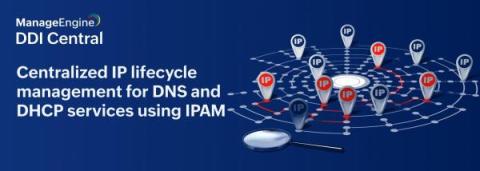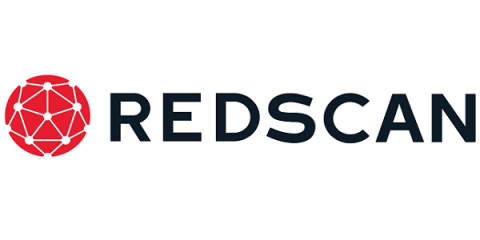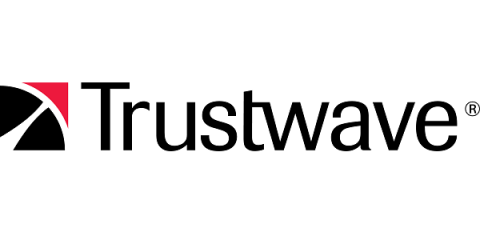ZTNA vs VPN: Decoding the Best Remote Work Security Option
While virtual private networks (VPNs) have been the go-to solution for remote access for decades, the surge in remote work during the pandemic has highlighted the cracks in its armor. Granting unrestricted access to everything stored within a corporate network can quickly become a security nightmare, especially as remote workers continue to rely on an increasing number of devices and access points.











